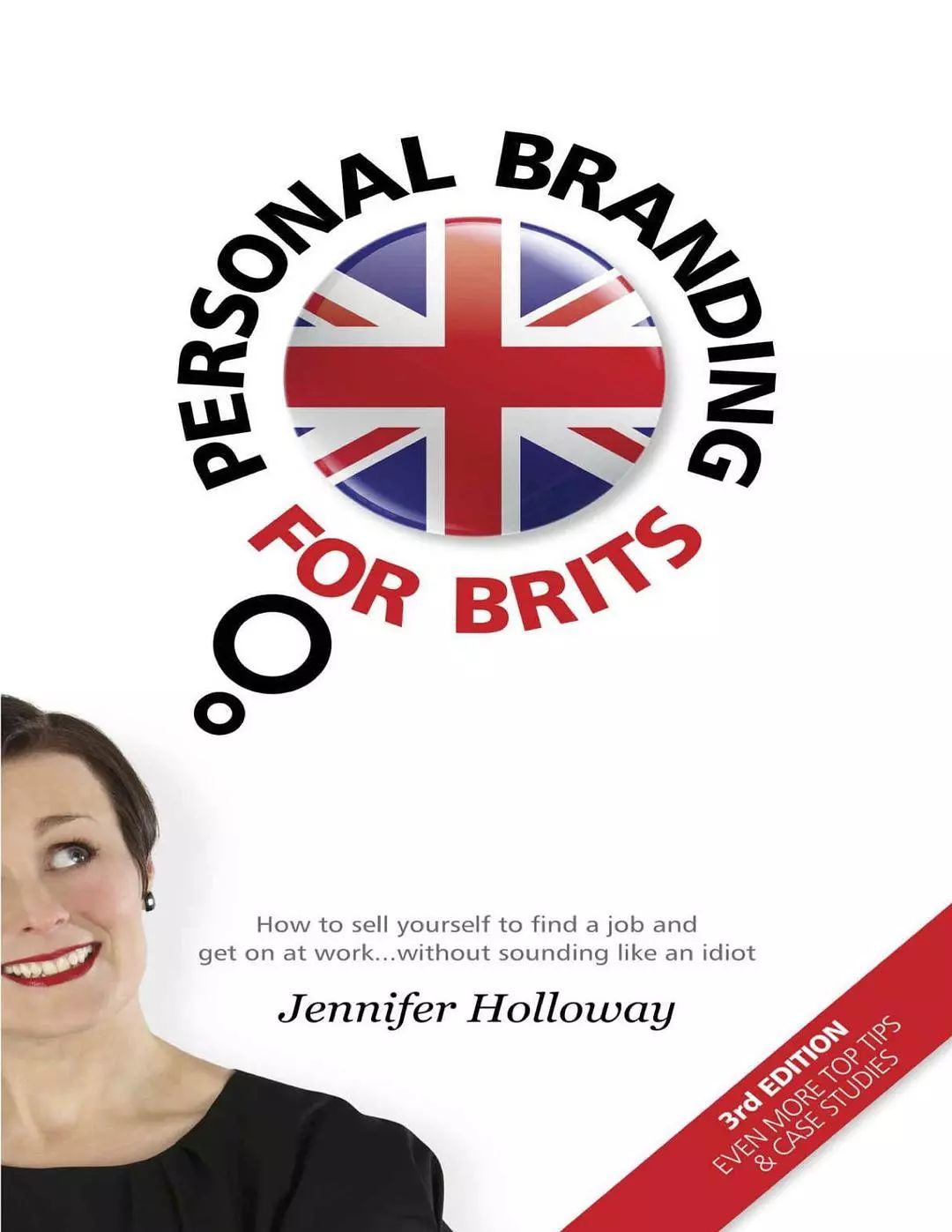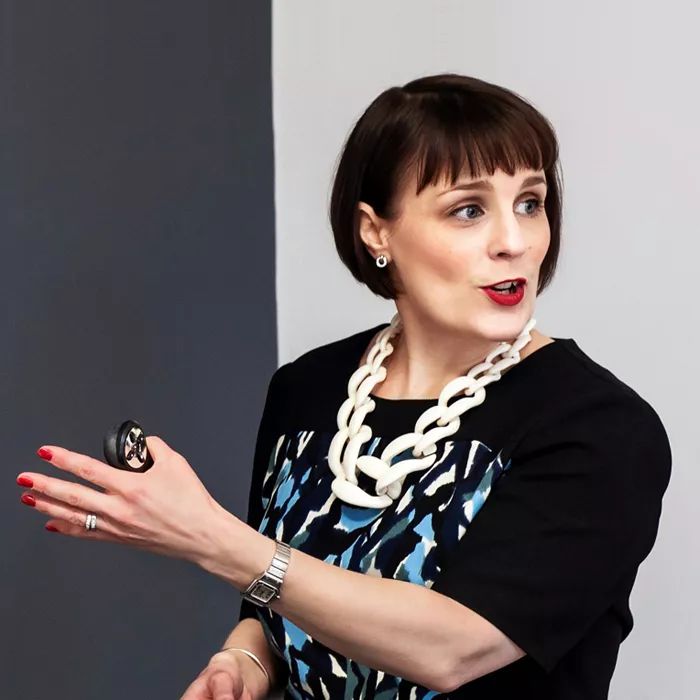多年来,公关专家们对定义和建立品牌给予了很多关注,深知品牌对于形象塑造和声誉具有重要意义。但是作为个体建筑师,拥有属于自己的品牌有多重要?值得信赖的行业专家影响他人的程度会有多大?
有影响力的人和思想领袖们可能已经在Twitter等社交媒体网站上实现了某种意义上的声望,但个人影响力的力量早已确立。早在1936年,卡耐基的《如何赢得朋友及影响他人》一书就定义了什么是自我帮助书(the self-help book)。目前,该书已售出3000余万册,成为有史以来最畅销的书籍之一。

由知名个人品牌专家、畅销书《英国人的个人品牌(Personal Branding for Brits)》作者Jennifer Holloway举办的研讨会和一对一辅导,正受到Fosters + Partners、阿特金斯(Atkins)等建筑设计公司以及英国和欧洲的富时100客户(FTSE 100 clients)的欢迎。

5月17日,Holloway在英国皇家建筑师学会未来领袖计划的第二次活动中发表了主题为“脱颖而出(‘Coming to the Fore)”的演讲,详细解释了为什么无论建筑师们是为有专门公关团队的大公司进行品牌实践,还是为个人工作,心怀抱负的建筑师都应该投资自己的个人品牌。演讲中探索的沟通技巧包括通过社交媒体打造个人形象,在项目和专业活动中发表意见,以及在新媒体平台上获得关注。

上图:Jennifer Holloway
Holloway认为,无论你在哪个部门、哪个公司工作或者是处于哪个级别,这些都不重要。只要更多人认可你,尊重你的判断并信任你,你的工作就越容易。有了别人的认可,就能更有效地在团队中工作,更快地解决问题,并在业务中拥有更大的知名度和影响力。最后,在讨论谁能获得工作机会时,引起人们的注意。
“不管是公司内部的同事还是外部的客户,都应利用你的个人品牌吸引他们的注意,这是保证有效工作的重要一环。”
——Jennifer Holloway
然而,当竞争激烈,客户可自由选择时,建筑师们则必须依靠正面的口碑打开出路,传递他们的专业知识,最终赢得业务。

一旦建立了品牌建设的想法,这些公关活动自然就是搭建个人平台的一部分。然而,Holloway认为,和所有品牌一样,你要清楚自己希望自己的个人品牌达到什么目的,或者换句话说,你应该有一个完善的推广个人品牌的计划。
第一步是明确你想实现的目标:在公司内部升职,跳槽到新公司,获得团队的支持或者是提高自己在会议上的影响力等。接下来,确定哪些人会认可你的品牌,也就是Holloway所说的“列表受众(A List Audience)”。完成了这两步,很容易就能找到工作的重点。
“很多人认为个人品牌推广就是为了宣传自己。但这只是其中的一部分,只有当你花时间研究你的品牌到底是什么,才能取得成功。”
——Holloway

从更高的层面来说,品牌包括你带来了“什么”和你带来了“谁”,你需要更深入的思考,将这些初始领域归纳为六个关键要素:价值观,驱动力,声誉,行为,技能/优势和形象。
在讲述了如何打造个人品牌后,Holloway用一句亚马逊创始人Jeff Bezos的话简洁地总结了品牌的影响力:“当你不在房间里时,你的品牌就是人们对你的看法。”
A lot of attention over the years has been paid by communications experts to defining and establishing a practice’s brand, recognising its importance for profile building and reputation. But what about the importance of your own brand as an individual architect? How significant is the power of the professional and trusted expert to engage and influence others?
Influencers and thought leaders may have realised another level of cachet on social media sites, such as Twitter, but the potency of personal influence is long established. Dale Carnegie’s 1936 tome, 'How to Win Friends and Influence People', defined the self-help book. Having sold over 30 million copies, it has gone on to become one of the bestselling books of all time.
The workshops and one-to-one coaching of leading personal brand expert and bestselling author, Jennifer Holloway, are proving on demand among architects and engineers, such as Fosters + Partners and Atkins, as well as FTSE 100 clients across the UK and Europe, including Santander, Vodafone, RBS and Bupa.
On 17 May, Holloway is providing the keynote for the second event in this year’s RIBA Future Leaders programme, ‘Coming to the Fore’, in which she will explain why ambitious architects should be investing in their own personal brand, whether they work for a big brand practice with a dedicated communications team or are a sole practitioner.
Holloway maintains that it does not matter what sector you work in, the size of company or where you sit on the company hierarchy, because the more people ‘buy into’ you – respect your judgement, trust you – the easier your job becomes.
With the buy‐in of others, you can work more effectively in a team, solve problems more quickly, have a greater profile and influence around the business and, ultimately, come to people’s attention when they’re discussing who is going to get the career opportunities.
‘Using your personal brand to get on, and stay on people’s radars, whether they’re internal colleagues or external clients, is an important part of being effective,’ says Holloway.
When, however, competition proves fierce and clients can take their pick, professionals, such as architects, must rely even more on positive word-of-mouth to open doors, to convey their expertise and ultimately win business.
The premise behind May’s ‘Coming to the Fore’ event is that good communications mark out leaders from their peers. Other speakers on the day are Jane Briginshaw of Design England, Dezeen Editor Marcus Fairs and Managing Director of Portland Design Ibrahim Ibrahim.
Explored communication techniques will include building a profile through social media, speaking at events and professional activities and getting noticed on digital media platforms generally.
Once the idea of branding is planted, it is easy to perceive any of these communications activities as another aspect of one’s personal platform. Holloway, however, argues that as with any brand, it’s important that you have a clear idea of what you want your personal brand to achieve – or to put it another way, have a plan for advocating it among others.
The first part of this is working out what exactly you want to achieve – a promotion within the company, a new job in a new company, better buy‐in from your team or increased influence in meetings. Once that’s done, identify who are the most important people that should be buying into your brand – your ‘A List Audience’ as Holloway calls it. With these two things in place, it is easy to work out where to focus any efforts.
‘A lot of people think personal branding is all about promoting yourself. While that’s a part of it, that can only be successful if you invest time in working out what your brand is in the first place,’ Holloway explains.
‘While at a top level a brand comprises 'what' and 'who' you bring to the table, you need to take it deeper, extrapolating those initial areas into six key elements: Values, Drivers, Reputation, Behaviours, Skills/Strengths and Image.
'Spend time thinking about who you are and what makes you tick, collecting together the basic ingredients of your brand. Then consider which of those ingredients resonate most strongly with you.
‘Once you know that, dig deeper into those ingredients to clarify exactly what it is that they mean. Then formulate your findings into a black and white statement of your personal brand, to use as your blueprint for whenever you need to convey something about yourself.’
Having honed your personal brand, Holloway pithily sums up the immediacy of its impact with a quote from Jeff Bezos, founder of Amazon:‘Your brand is what people say about you when you’re not in the room.'
